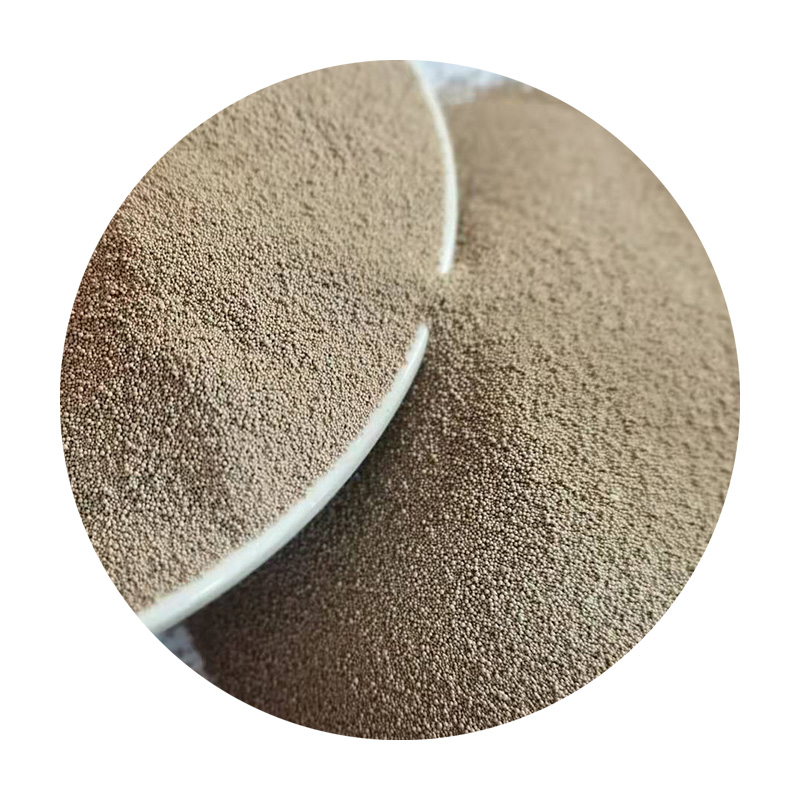The Evolution and Importance of Foundry Sand in Metal Casting
Foundry sand is a critical material used in the metal casting industry, essential for producing high-quality metal components. This specialized sand is incredibly vital due to its unique properties and the vital role it plays in the casting process. In this article, we will dive into the characteristics of foundry sand, its types, applications, and the benefits it brings to metal casting.
Characteristics of Foundry Sand
The most prominent type of sand used in foundries is silica sand, valued for its ability to withstand high temperatures and its suitability for molding. Foundry sand must have specific properties such as good grain shape, size distribution, and a high melting point. The ideal foundry sand grain should be rounded and well-sized, ensuring it can flow easily when mixed with binders to form molds.
Furthermore, foundry sand must maintain stability during the casting process to withstand the rigor of molten metal being poured into the molds. Its thermal shock resistance plays a pivotal role in ensuring that the molds retain their shape and integrity during and after metal casting.
Types of Foundry Sand
There are several types of foundry sands, each serving different purposes in the casting process
1. Silica Sand The most commonly used foundry sand due to its excellent thermal properties and availability. 2. Chromite Sand Often used for casting steel and iron, chromite sand has high resistance to thermal shock and is known for maintaining dimensional accuracy. 3. Zircon Sand Known for its high refractoriness, zircon sand offers excellent resistance to chemical wear, making it suitable for casting applications where high durability is crucial. 4. Molding Sands These are mixtures of sand and binding agents that help in forming molds. The combination affects the final properties of the casting.
Applications of Foundry Sand
making foundry sand

Foundry sand is widely utilized in various industries, including automotive, aerospace, and heavy machinery manufacturing. The casting process allows for the production of complex shapes that would be challenging or impossible to achieve through traditional machining methods.
In the automotive industry, for instance, foundry sands are used to create engine blocks, cylinder heads, and transmission cases. The integrity and reliability of these components are crucial for the overall performance and safety of vehicles.
Moreover, the aerospace sector relies on foundry sand to manufacture components that require exceptional strength and lightweight properties, ensuring aircraft meet the stringent safety and efficiency standards.
Environmental Considerations and Recycling
In recent years, the environmental impact of foundry operations has come under scrutiny. The extraction and use of raw sand have raised concerns regarding sustainability. Fortunately, the industry has made strides in recycling foundry sand, significantly reducing waste.
Used foundry sand can often be treated and repurposed in various applications, including construction, land reclamation, and even as a component in cement. These initiatives not only mitigate environmental impact but also create economic opportunities within the foundry sector.
Conclusion
Foundry sand plays an indispensable role in the metal casting industry, with unique properties tailored to meet the rigorous demands of various applications. With ongoing advancements and a growing emphasis on sustainability, the future of foundry sand looks promising.
As industries continue to evolve, the importance of high-quality foundry sand remains paramount in achieving superior casting quality and environmentally friendly practices. This versatile material will undoubtedly continue to be a foundation of the metal casting process, with innovations paving the way for its responsible use and recycling, ensuring a balance between industrial needs and environmental stewardship. The continued exploration in foundry sand applications promises a bright future for manufacturers, fostering advancements in technology and materials that will enhance the casting industry.
Post time:снеж . 07, 2024 16:16
Next:foundry sand used in construction
